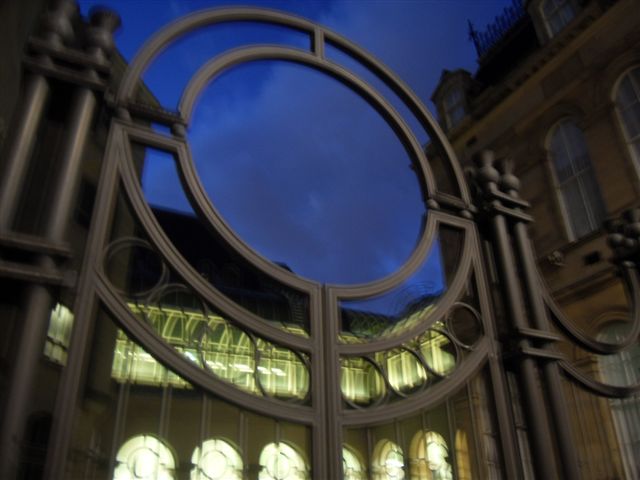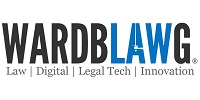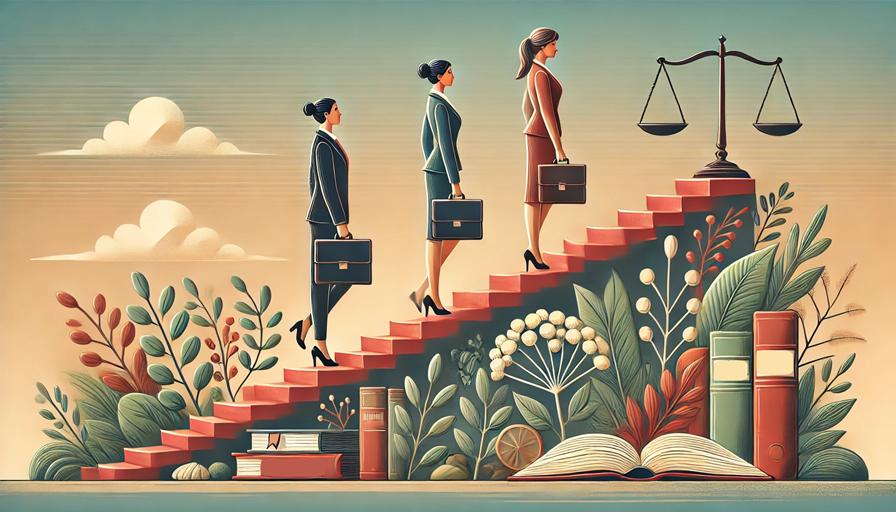Look and Feel: enter Ryanair and easyJet
After you’ve developed your website, for which see Part 2 to come later this autumn, it is important to understand what you can and cannot protect. Generally, it is extremely difficult to protect the look and feel of your website. Take, for instance, airline booking websites and the case of Navitaire Inc -v- (1) Easyjet Airline Company Ltd (2) Bulletproof Technologies Inc [2004] EWHC 1725
What follows is an extract of my Computers and the Law honours course dissertation which earned me a lower first at Glasgow University:
Introduction
An important aspect of copyright protection is whether or not it provides sufficient protection for the “look and feel” of software. “Look and feel” refers to the situation where the ideas, functionality and outward features of a program are reproduced without copying of the program code itself, thus potentially amounting to non-textual copying.
Levels of Abstraction
Two key pre-Navitaire cases, both IBCOS (for which see lawdit)and Cantor Fitzgerald (for which see lawdit’s program protection reading room) demonstrate that it is the literal expression of an idea which gains copyright protection, not the idea itself . The potential for acquiring such copyright protection decreases as the “level of abstraction” increases, the rationale being that it becomes more difficult to identify the “skill, labour or judgment” of the programmer . Hence, since the level of abstraction in algorithms is low they are more likely to be protected, while protection is less likely for design features or program structures because of their higher levels of abstraction.
Navitaire
Facts
Navitaire licensed easyJet with a ticketless booking system, “OpenRes”. Thereafter, easyJet created a replacement system, eRes, commissioning Bulletproof Technologies to assist in the writing. Significantly and undisputedly, neither easyJet nor Bulletproof Technologies had access to the source code of the OpenRes program.
Claims of Copyright Infringement
Consequently, Navitaire brought an action for infringement of copyright, alleging that easyJet had deliberately created a new system “substantially indistinguishable from the OpenRes system…in respect of its user interface” . This was not disputed by the defendants. What was disputed was that the functionality of the OpenRes system was protected by copyright.
The alleged infringement in this respect occurred through three overlapping allegations. First, through the copying of command codes. Second, through the copying of the screens. Third, and most important for present purposes, through the non-textual copying of the “business logic” or “look and feel” of the OpenRes source code. Consideration of the first two allegations are matters of classic copyright infringement and are therefore outwith the scope of this dissertation.
“Business Logic”
The “striking feature” of the action is the question of whether the “something else that has been copied” over and above the limited features of commands and screens is something Navitaire may protect from being copied . In this respect, Navitaire claimed that by reproducing the input and output functions or “look and feel” of the OpenRes code, the defendants had infringed the “business logic” of the source code, despite having no access to the OpenRes source code. Essentially, this was going beyond what the courts in IBCOS and Cantor had said regarding “levels of abstraction”. The issue was therefore whether what Navitaire was trying to protect lay on the wrong side of the idea/expression dichotomy.
Pumfrey’s Reasoning
Navitaire’s “look and feel” argument failed for two reasons:
First, the case was distinguished from previous case law regarding non-textual copying because of the lack of access to the OpenRes source code. The Court compared the case to the copying of the plot of a novel, which is more related to ideas than expression, as with the text of a novel. However, it was fundamental to establishing such infringement that there was access to the relevant material. Without such access, the non-textual copying argument failed; and
Second, in this context, software is distinguishable from the plot of a novel, which Jacob J had considered in IBCOS. Rejecting this analogy as inadequate, the, now, late Pumfrey J reasoned that programs do not have themes, events or narrative flow. Moreover, two completely different programs can produce identical results, not just at some level of abstraction, but at any level . Instead, a more appropriate comparison would be with a chef, who creates a new pudding and records the recipe, the recipe being capable of copyright protection as a literary work. If another chef emulates the new pudding and records a different recipe, then that recipe cannot be seen as an infringement of the earlier one.
Business Logic
Moreover, since the interface aspects of the program contained in the input and output functions were excluded from copyright protection, all that remained was the “business logic” inherent in carrying out the transaction and producing the record of a reservation. Ultimately, this was an idea, not an expression and not amounting to the required skill and labour for copyright protection.
Level of Abstraction
The late Pumfrey J relied upon Lord Hoffmann’s analysis in Designers Guild where he held that the relevant level of abstraction was fundamental to attracting any copyright protection; the more abstract the idea, the less likely it is to be considered as a substantial part of the work. Rather, detail in the preparation of the idea is essential for protection.
Policy
Elaborating, Pumfrey J gave two further policy explanations for not protecting the “look and feel” of the program. First, under the Software Directive it was policy to exclude both computer languages and the underlying ideas of the interfaces from protection. Second, it would be an “unjustifiable extension” of copyright protection into a field that was “not appropriate” to permit the business logic of a program to attract copyright protection.
Comment
The case is most significant for the somewhat surprising rejection of protection for the “look and feel” of the program. Applying Lord Hoffmann’s test in Designers Guild regarding the idea/expression dichotomy, Pumfrey J relied heavily on the fact that the defendants had no access to the relevant source code, unlike in IBCOS and Cantor.
Prima facie it does appear that the judge is saying that without access it may be difficult, if not impossible to bring a successful claim of copyright infringement where the functionality of the program is simple. This would be frustrating for the owners of software rights trying to bring actions of copyright infringement given the need to prove access. However, as Marchini notes, this may be a “conclusion too far” ; indeed questions of degree of abstraction as in Designers Guild will inevitably arise.
Impact of Navitaire
Thus, as Heritage and Jones argue, “it appears that competitors can now copy the general “look and feel” of a program’s function and business logic with relative confidence provided they have no access to the original program’s source code.”
Given the apparent rejection of look and feel protection through copyright, it may be preferable for software houses to include creative contractual provisions in their licences to provide such protection. However, such provisions may be unacceptable for many licensees . In considering further creative methods of protection, regard must be had to Articles 5 and 6 of the Software Directive in addition to competition law restraints.
Moreover, it may be preferable to turn to other forms of intellectual property to achieve protection of the “business logic”, particularly through software patents, despite difficulties, as mentioned above.
Conclusion
The approach taken in Navitaire was reaffirmed in the recent decision in Nova v Mazooma Games, where it was similarly held that the reproduction of the look and feel of an existing program in original source code did not infringe copyright in the original program. However, both Navitaire and Nova concern programs with high levels of abstraction and may be limited to their facts. It is therefore entirely possible that the “look and feel” of a program in a future case may be protected if there are less abstract concepts and closer similarities between programs. Thus, we may not have seen the end of “look and feel” protection through copyright.



